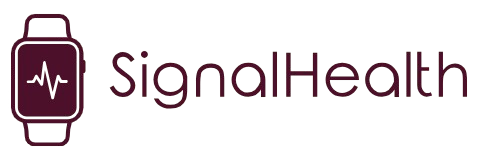
Effective Athlete Recovery Techniques
Effective Athlete Recovery Techniques
Athlete recovery is crucial for maintaining peak performance and preventing injuries. Proper recovery techniques not only help athletes recuperate faster but also enhance their overall well-being. This article explores various effective recovery strategies backed by scientific research and practical application.
1. Adequate Sleep
Sleep is essential for recovery as it allows the body to repair tissues and consolidate memories. Athletes should aim for 7-9 hours of quality sleep per night to optimize recovery. According to Dr. Michael Grandner, a sleep expert, “Sleep is one of the most important things an athlete can do to improve performance and recovery.”
2. Nutrition and Hydration
- Post-Exercise Nutrition: Consuming a combination of carbohydrates and protein within 30 minutes of exercise helps replenish glycogen stores and repair muscles.
- Hydration: Maintaining proper hydration levels supports nutrient transport, temperature regulation, and overall recovery. Electrolytes can be beneficial after intense workouts.
- Anti-Inflammatory Foods: Foods rich in omega-3 fatty acids (e.g., salmon, walnuts) and antioxidants (e.g., berries, leafy greens) aid in reducing inflammation and speeding up recovery.
3. Active Recovery
Active recovery involves low-intensity exercises or activities that promote blood flow and reduce muscle stiffness without causing fatigue. Examples include gentle yoga, swimming, or cycling.
4. Compression Therapy
Compression garments, such as socks or sleeves, can enhance circulation and reduce swelling post-exercise. Studies have shown that compression therapy may improve muscle recovery and decrease muscle soreness.
5. Cold Therapy
Cold therapy, such as ice baths or cryotherapy sessions, can constrict blood vessels and reduce inflammation, which helps in muscle recovery. Athletes often alternate between cold and warm treatments (contrast therapy) to enhance circulation.
6. Massage and Foam Rolling
Massage therapy improves blood flow, reduces muscle tension, and promotes relaxation. Foam rolling (self-myofascial release) targets trigger points and knots in muscles, enhancing flexibility and reducing soreness.
7. Mental Rest and Stress Management
Psychological recovery is as crucial as physical recovery. Techniques such as meditation, deep breathing exercises, or spending time in nature can lower stress hormones and improve overall recovery.
8. Periodization and Recovery Planning
Structured training programs should include planned rest periods and recovery weeks to prevent overtraining and burnout. Coaches and athletes can use tools like heart rate variability (HRV) monitoring to assess recovery readiness.
Case Studies and Examples
For instance, marathon runners often incorporate ice baths and compression garments into their recovery routines to mitigate muscle damage and soreness after long races. Professional soccer players utilize sleep tracking devices to ensure they get adequate rest between training sessions and matches.
Conclusion
Effective athlete recovery techniques involve a combination of physiological and psychological strategies tailored to individual needs and training demands. By prioritizing sleep, nutrition, active recovery, and stress management, athletes can optimize their performance and longevity in sports.
Implementing these evidence-based recovery techniques not only enhances athletic performance but also reduces the risk of injury, ensuring athletes can consistently perform at their best.
